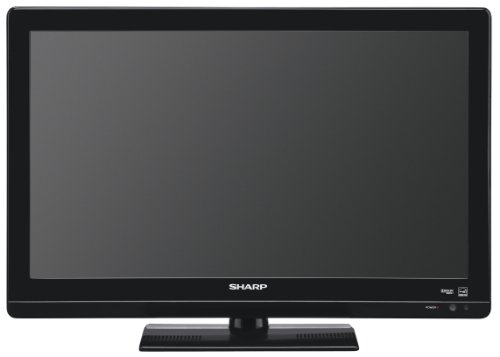I'm writing this guide after being asked a few times on ways to associate a laptop to a Tv. Citizen want to accomplish this for some reasons. First, it's great for presentations at work, school, or home. It's also favorable for viewing pictures and videos to friends, watching Dvds, and it is now even being used for viewing Blu-ray and other high definition article on the Hdtv.
First, we want to make sure you're getting the most out of your laptop when it comes to displaying it on the Tv.
If you have an Hdtv with Hdmi inputs, check if your laptop has an Hdmi output. If it does, you're in luck! Your Hdtv can display from your laptop in Hd resolutions. All you need is an Hdmi cable to associate them. If your Hdtvs Hdmi inputs are used up already. An Hdmi switch would be the best solution for you. We provide switches that can associate up to 5 different Hdmi sources to 1 Hdmi input. If you don't have an Hdmi output on the laptop, check if it has a Dvi output. Some Asus, and Dell laptops have them. If you do, you can associate your laptop to an Hdtv with an Hdmi to Dvi cable. They are both digital cables so this will furnish the same Hd resolutions as a standard Hdmi cable. If your laptop doesn't have Hdmi or Dvi out, it should have a Vga output. Connecting with Vga is capable of high resolutions. However, different Tvs maintain different resolutions with Vga. You must check the maximum resolution your Tv model supports with Vga. Pretty much all laptops come with an S-Video output. It's not going to be as great of a picture, but it will absolutely do the job with an S-Video cable.
After you have related your chosen cable, boot up your laptop and see if it has detected your Tv. If not, you have to go into your display properties and look for the settings that will enable your Tv to display from your laptop. Where to find the setting will vary depending on your graphics card (just look around). If you are having trouble getting your Tv to show a picture, make sure you have updated the display drivers on your laptop. Now you're probably going to want sound from something other than your laptop speakers. So you can pick to output it to your Tv, or blast it from your home theater audio receiver.
The best way to associate audio to your Tv or receiver is straight through a digital audio cable. Both a digital coaxial cable or Toslink optical audio cable will work great for crisp high ability audio. Just make sure your laptop has whether a digital coaxial or an optical audio output. Some laptops use the headphone jack to duplicate as a digital coaxial (S/Pdif) output. If you use this method, your going to need a 3.5mm to Rca adapter with a digital coaxial cable. If your laptop has none of these outputs and you still absolutely want that high ability sound. Don't worry! You can still get an external (Usb) sound card that has digital coaxial out or optical out. I recommend the Creative Sound Blaster X-Fi Surround 5.1 Sb1090 with Toslink optical audio out. other way, which won't wish any add-ons, is to use the headphone (3.5mm) jack on your laptop to the Rca (red and white) inputs on your Tv or receiver. To do this, all you need is a 3.5mm to 2 Rca adapter with a 2 Rca audio cable.
I know all of these cables can seem confusing to you. If you're having trouble seeing out what each cable looks like or find out more about a cable, check out the Cable Guide at CableTrain.com. All of these cables are ready for you on our website as well. I hope you can now successfully associate your laptop to the Tv in the best way possible!
Cheapest Digital Camera Powershot Wiss Wc3s 3-blade 1-1/4-inch Depth Hvac Crimper... Buy Now









